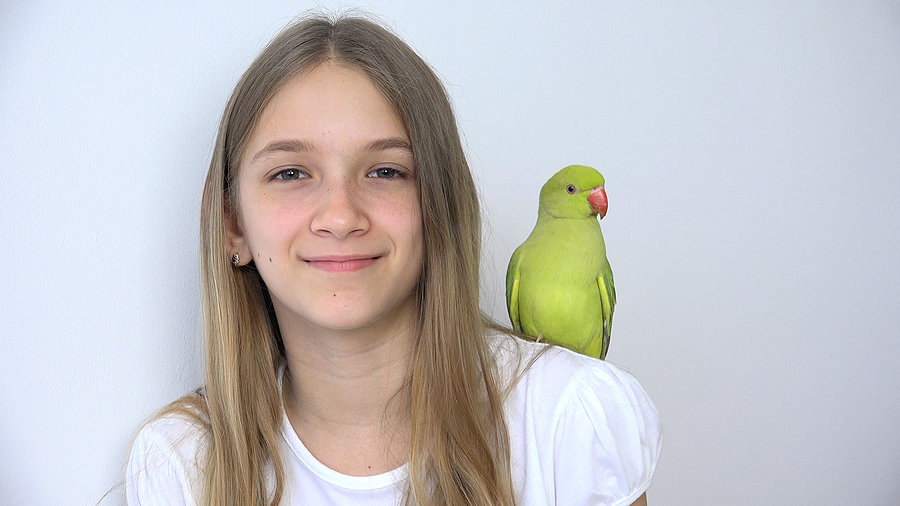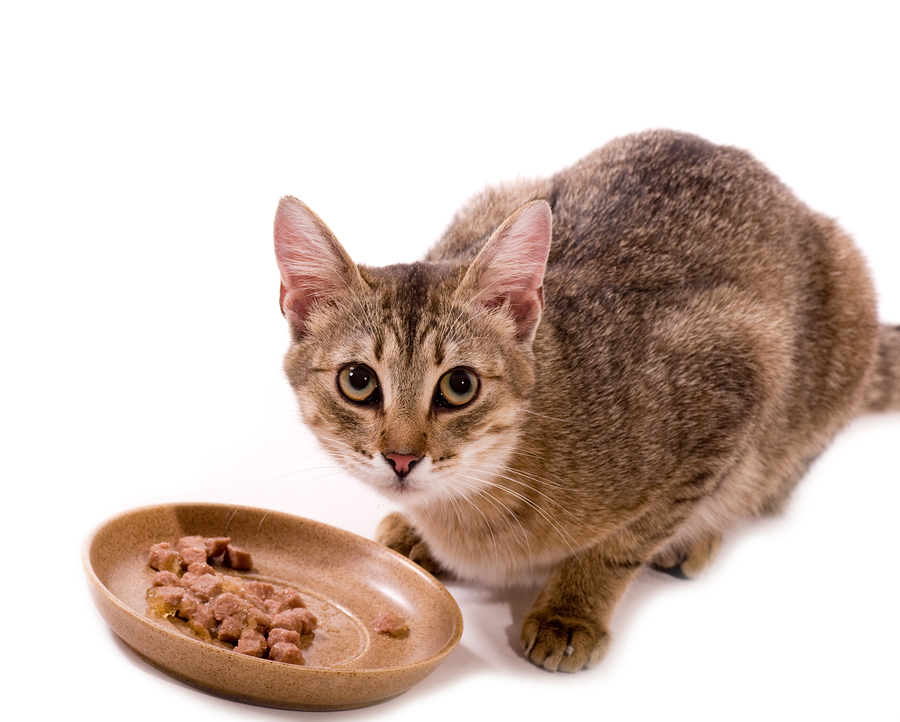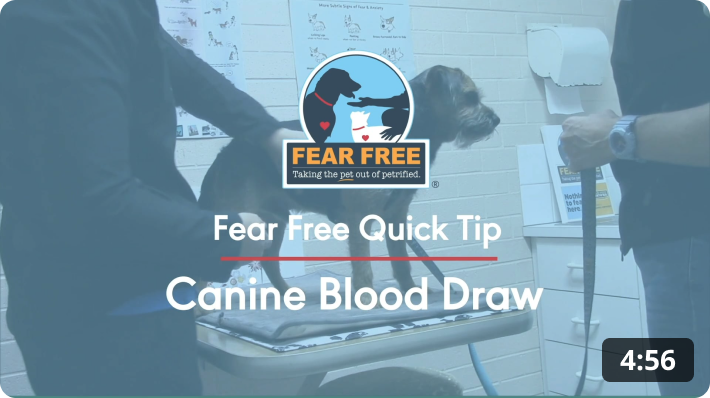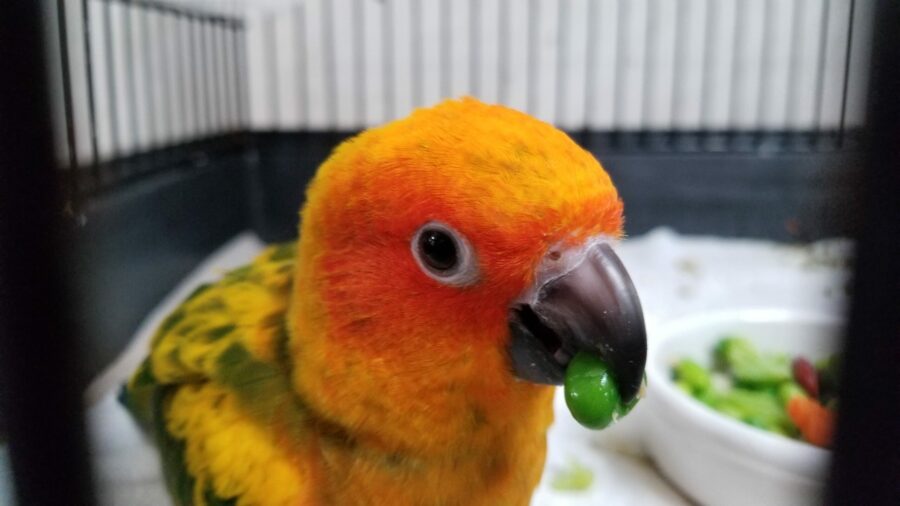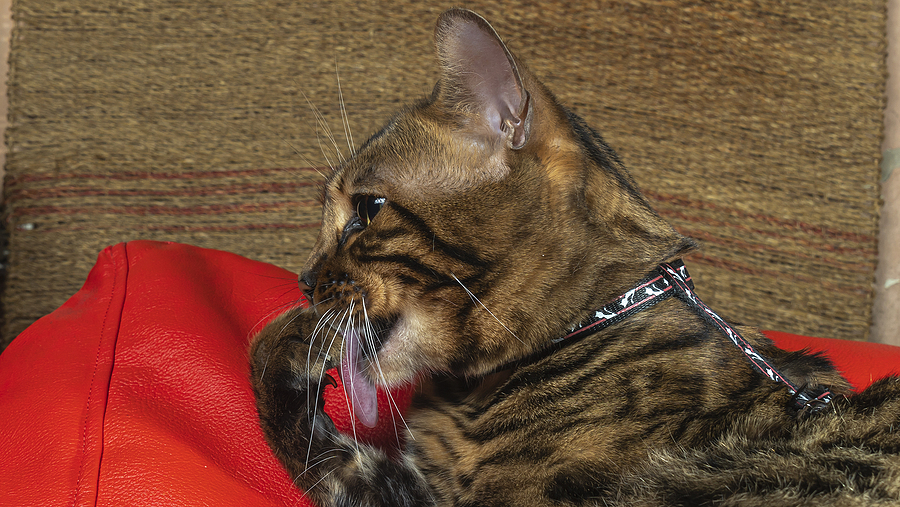
I thought I was happy and handling my stress well, but I wasn’t. I was hiding stress from my team and taking it out on my husband and son. Not a healthy way to cope. Burnout is a state of emotional, physical, and mental exhaustion caused by excessive and prolonged stress. It occurs when you feel overwhelmed, emotionally drained, and unable to meet constant demands.
I received some personal coaching about burnout and had some one-on-one time with a coach. It was eye-opening to me and confirmed that I was suffering from burnout. “Suffering” is a difficult word to stomach, especially when talking about yourself.
Here is perhaps an even harder pill to swallow: As women, we let ourselves get into a position of burnout. Men don’t typically experience burnout as much as women do. We are raised and taught to be the primary caregivers for our children and family. We put ourselves last and think that we need to be more like men to succeed.
Once I realized I had allowed myself to take on all of these roles, I said right then: “No more.” I set boundaries at home with my 3-year-old son and my husband. I want to raise my son to know that women are not just caregivers; they are individuals who need boundaries and that he needs to be a partner in any relationship he is in, work or personal.
I told my team that although I seemed happy and upbeat at work, I would go home and keep thinking about all of them. How would I get them pay increases if we didn’t hit our quarterly goals? How could I show more appreciation? Would more of my team quit? How would I find replacement team members given the national shortage of veterinary professionals?
One of my exercises was to fill out a pie chart. Out of 100 percent of the day, how much of that time was spent thinking about work? How much was spent caring for my son? How much time did my husband receive? Then, how much for me? Out of the time spent with my son and husband, how much time was I actually present: No phone on me, not multitasking, but actually engaging with them? This was so difficult, and at this point I burst into tears.
I spent 80 percent of my day thinking about work, from the time I woke up to hours after I had left. I gave 15 percent to my son and 5 percent to my husband, leaving 0 percent to myself.
Having the visual of the pie chart led me to set new rules or boundaries in my home. When my son and I get home from school and work, we spend 30 minutes outside together listening to children’s music and drawing with chalk on our driveway (both adults and kids need to be able to transition from work/school to home). Once we do that, we go inside and I call my husband to see when he will be home so I can make dinner or start prepping dinner for him to make. (We make a weekly dinner menu to take that added daily stress off our plate.) When he arrives home, we each have 30 minutes to send any necessary texts and then phones go on chargers in our bedroom so we can engage, be present, eat together, and talk during dinner. Once our son is in bed, we take 30 minutes to check Facebook or do whatever we want before spending quality time together.
A big part of combating burnout is owning your share of it and how you got there. If there have been a lot of euthanasias, speak up and let your supervisor know that emotionally, you need a break. (I just did four in two days and needed to tap out for the last one of the day). It is okay to admit that and to speak up when it is to the point of emotional breakage, but if you are someone who just dodges euthanasias and puts that strain on your co-workers, then that is not fair to your team members. We must own what is happening to us and reflect on what we are allowing to cause the burnout.
Support staff should check in on doctors who have done multiple euthanasias, as they should with each other. Management needs to do so as well. If management is also a trained tech, have them take a euthanasia or two if they can, to lighten the emotional load that their team carries.
For management teams: When you hear a team member say “I’m so burned out,” take that seriously and pull that member aside to talk. Have that conversation, because if it really is burnout, they need some time to be away from work to focus on themselves, talk with a coach or therapist, and get support. Having wellness conversations with team members is important in this field and is the only way we can keep our team mentally healthy.
Alyson Evans, CVMA CVA, RVT, CVT, CCFP, Hospital Manager, Briargate Boulevard Animal Hospital, Colorado Springs, Colorado
Check out our Fear Free on the House page for resources on wellness, quick tips, and more!
This article was reviewed/edited by board-certified veterinary behaviorist Dr. Kenneth Martin and/or veterinary technician specialist in behavior Debbie Martin, LVT.
